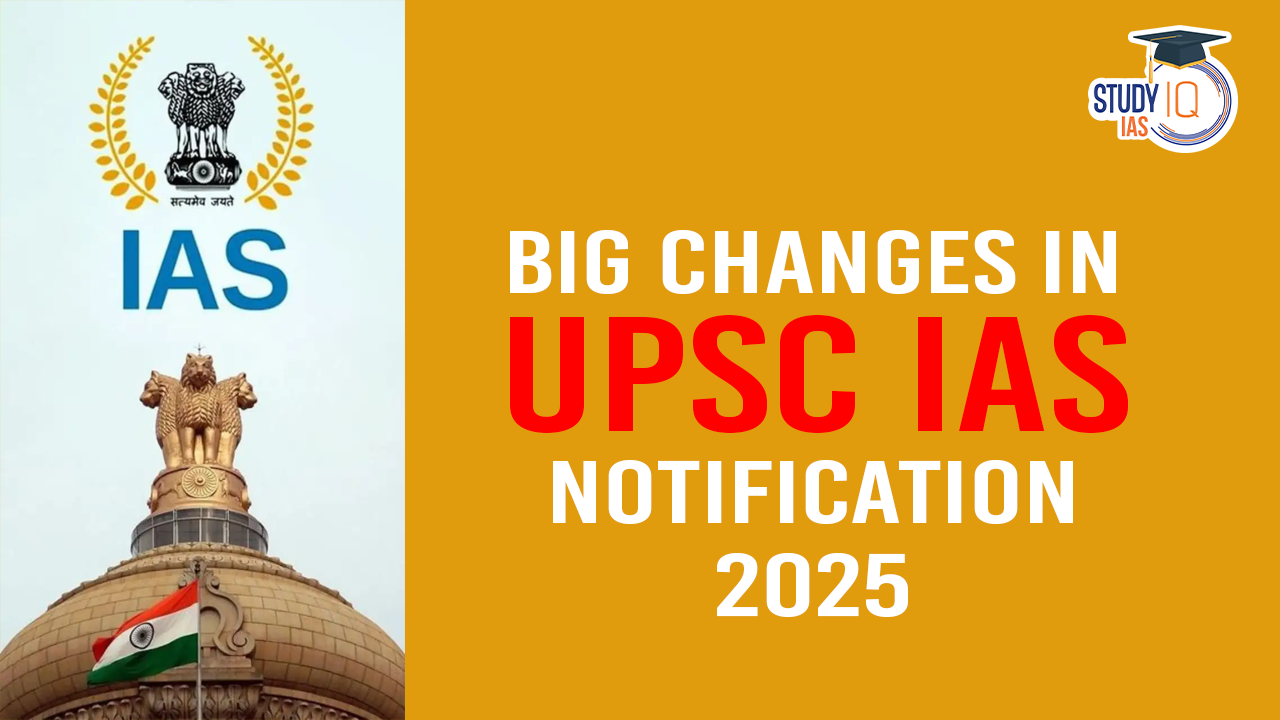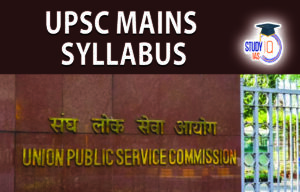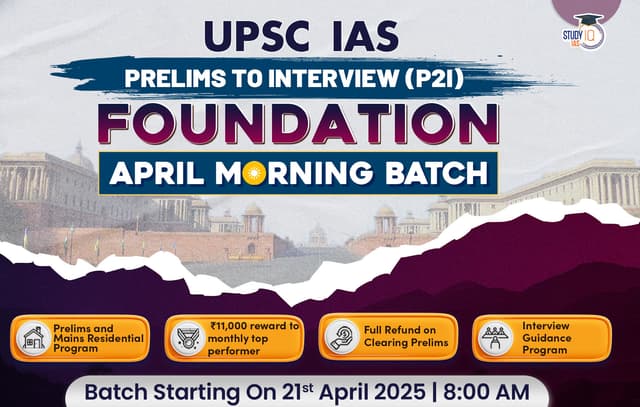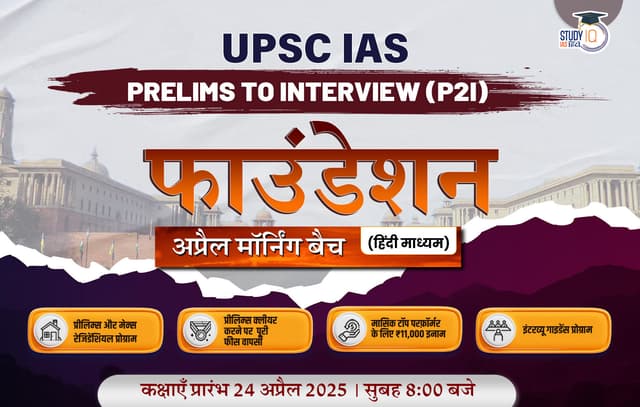Table of Contents
The Union Public Service Commission (UPSC) has released its much-anticipated notification for the IAS Examination 2025. This year’s notification brings significant updates that aspirants need to be aware of to ensure a smooth application process. Let’s dive into the changes, the step-by-step procedure for filling out the form, and the key elements to keep in mind.
Key Changes in the UPSC IAS Notification 2025
The UPSC has introduced multiple updates in the 2025 notification, primarily centered on the One-Time Registration (OTR) System and the overall application process. Here are the most notable changes:
1. Enhanced OTR Interface
The OTR system, launched earlier to simplify the registration process, has been upgraded with a more elaborate interface. Aspirants now need to provide additional details upfront, which were previously collected after the prelims stage. The aim is to create a centralized repository of candidate data.
2. Four-Step Application Process
Previously, the application process consisted of two major parts: Part 1 (registration) and Part 2 (application). In 2025, this has been expanded to a four-step process:
- Part 1: OTR Profile Completion
- Part 2: Application Form
- Part 3: Detailed Application Form (DAF)
- Part 4: Fee Payment and Final Submission
This segmented approach ensures greater accuracy and completeness of information.
3. Integration of DAF Elements into OTR
Elements of the Detailed Application Form (DAF), such as:
- Parental details
- Achievements (e.g., prizes, medals, and distinctions)
- Employment history
- UPSC exam history (e.g., previous attempts and allocations)
4. Mandatory Document Upload
Candidates are now required to upload critical documents directly in the OTR portal. The mandatory documents include:
- Matriculation Certificate (for proof of age and name)
- Graduation Certificate or Marksheet (or equivalent qualification proof)
- Selected Photo ID (e.g., Aadhaar, Passport, PAN, or Driving License)
For candidates appearing for NDA or other similar exams, specific provisions are made for uploading Class 12 certificates.
5. Additional Layers of Information
Candidates must now provide the following details:
- Address Information: Permanent and correspondence addresses.
- Educational Information: Details of matriculation and equivalent qualifications.
- Employment Information: History of employment, if any.
- Language Proficiency: Details of languages known and proficiency levels.
6. New Dashboard Features
The revamped OTR dashboard includes:
- Application history for previous exams
- Edit options for the OTR profile
- Notifications and updates directly linked to the candidate’s profile
This feature ensures candidates have a centralized view of all their interactions with the UPSC.
Step-by-Step Guide to the New UPSC IAS Application Process
Follow these steps to complete your application successfully:
Step 1: One-Time Registration (OTR)
- Visit the UPSC official website and click on the OTR link.
- For new users, fill in personal details such as name, date of birth, gender, community, and marital status.
- Upload the required documents, including a recent photograph and signature.
- Submit educational qualifications and other mandatory details.
Step 2: Application Form
- Log in using the OTP sent to your registered mobile number or email.
- Complete the application form by selecting the examination, optional subject, and preferred examination centers.
- Review and confirm the details.
Step 3: DAF (Detailed Application Form)
- Provide additional details such as:
- Previous UPSC attempts
- Employment history
- Parental and family background
- Achievements and distinctions
Step 4: Fee Payment and Submission
- Pay the application fee online via debit/credit card, net banking, or UPI.
- Submit the form and download the confirmation receipt for future reference.
Important Points to Note
- Photo and Signature Requirements: Ensure your photo follows the 34s rule, with your name and the date of capture printed on it.
- File Format and Size: Documents must be scanned in PDF format and should not exceed 1 MB in size.
- Application Deadlines: Adhere to the deadlines mentioned in the notification to avoid last-minute issues.
- Correction Facility: Use the editing feature in the OTR dashboard to rectify any errors before final submission.
Advantages of the New System
- Centralized Repository: All candidate data is stored in one place, reducing redundancy.
- Improved Accuracy: Detailed information ensures fewer discrepancies.
- Future Convenience: Once registered, candidates can apply for other exams without re-entering details.
- Transparency: The dashboard provides a clear overview of application history and updates.
Conclusion
The UPSC IAS Notification 2025 has introduced transformative changes aimed at simplifying the application process while ensuring comprehensive data collection. Aspirants are advised to carefully go through the notification, understand the new requirements, and prepare their documents accordingly. With proper preparation and attention to detail, the new system can be a seamless experience for candidates.
Don’t miss out on the opportunity to learn from the best. StudyIQ’s UPSC Optional Live Batches are filling up fast! Ensure your spot and start your UPSC preparation journey with expert guidance and a community of like-minded aspirants. Contact us now to reserve your seat and begin your journey toward success!


 NCERT Books for UPSC Preparation, Check ...
NCERT Books for UPSC Preparation, Check ...
 UPSC Syllabus 2025, Check UPSC CSE Sylla...
UPSC Syllabus 2025, Check UPSC CSE Sylla...
 UPSC Mains Syllabus 2025, Optional Sylla...
UPSC Mains Syllabus 2025, Optional Sylla...





















